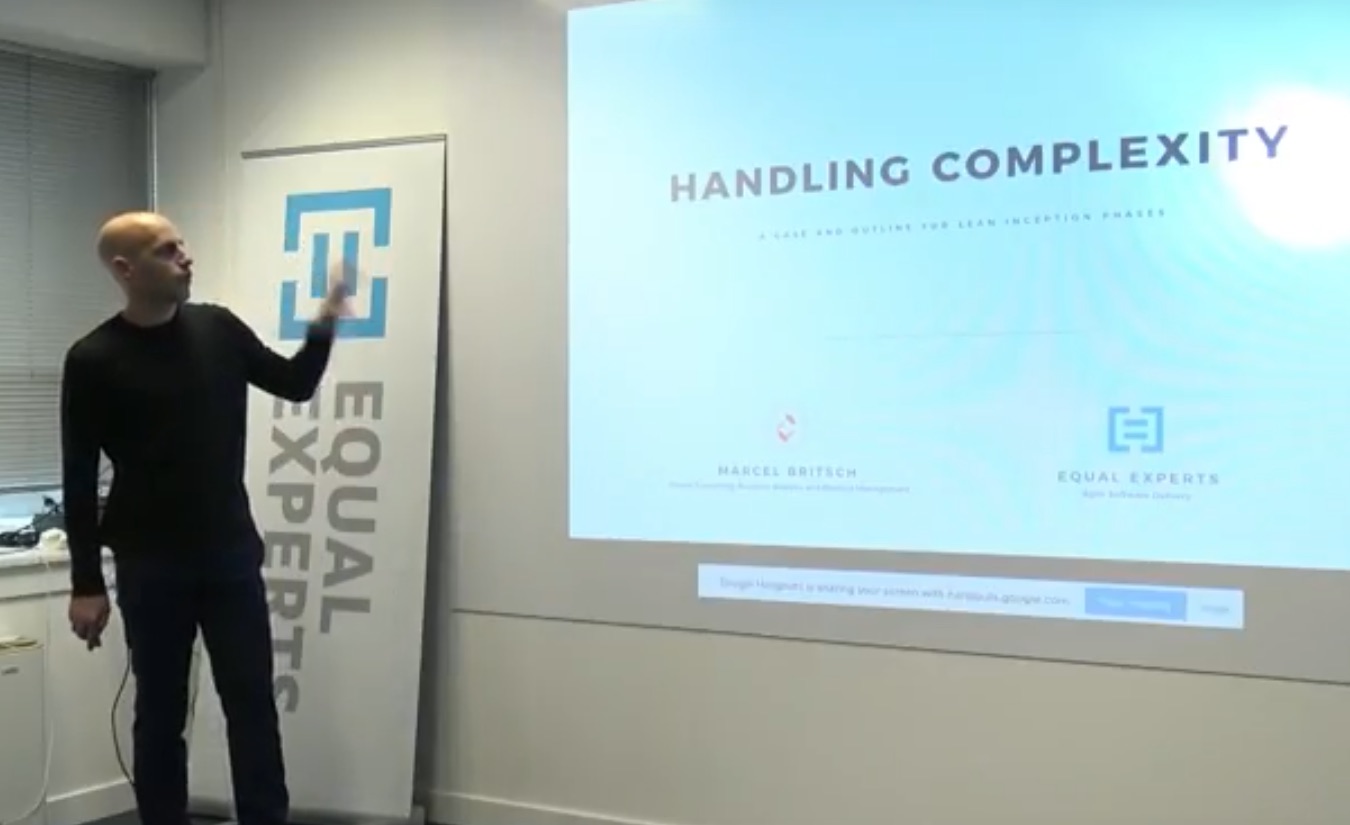Never the twain shall meet
In my dealings with those in business who call themselves architects and those who call themselves innovators, one theme comes up time and again. “If it wasn’t for those guys in Architecture/Innovation (delete as applicable) we’d be more effective.” It would appear from such conversations that these two disciplines are somehow mutually exclusive, and one can’t flourish while the other is allowed to exist.
As someone who has taken the roles of innovator and architect in the past, I’d like to dismiss the idea that these activities are mutually exclusive. To conclude that they were would imply there is no place for architecture in an organisation, as innovation is clearly essential to its continued success. This is a conclusion I can’t make because, as an architect, my main focus was always on delivering value through novel change, and that sounds like a pretty good definition of innovation. Any architect who sees innovation as the enemy is a person who fears change, and is therefore, in my opinion, not an architect at all.
This leaves me with the possibility that architecture might stifle innovation. Could it be true a profession I was involved in was the Delilah that cut the hair and stole the strength from the Samson of innovation? Is it possible that architecture is an overblown Goliath that needs to be brought down by the smaller, under-funded David? Or worst of all, is architecture the immovable object encountering innovation’s irresistible force?
Absolutely not! All of these views emerge as a result of the misuse of the title of Architect by those who seem not to understand its purpose at all levels. In technology and in business, the term architect has been borrowed from the true profession of architecture. Architecture in its original guise is a creative venture rich with innovation, not a book-keeping role designed to maintain the status quo.
What is innovation?
At this point, it is worth considering how we define innovation, and for this I turn to the International Organization for Standardization (ISO) who have a surprisingly concise definition that encapsulates what innovation means to me.
Innovation: new or changed entity, realising or redistributing value
ISO 56000:2020
In other words, something new that adds value. The implication of this definition is that any proposed change that you can show will deliver benefit to an organisation is innovation. Many organisations base their entire portfolio of work on activities that fit this definition. It should, of course, be all organisations, but it never ceases to surprise me that there are still many who don’t seem to understand the importance of value in decision making. Without an understanding of potential benefits, it’s impossible to decide how much effort to dedicate to something.
All that glitters
I believe this is at the heart of many of the criticisms levelled at innovation. The problems actually arise from the unmanaged implementation of ideas based purely on the “gadget” principle. Consider the can opener; a fine example of genuine innovation, conceived of over half a century after the invention of the can itself. There are then many examples of can openers that are heralded as innovative, but are better described as “gadgets”. They provide no benefits over the original, and are thus not innovative as they represent change without added value. A true innovator recognises that the generation of ideas is simply the start of innovation, providing the raw material that drives the selection process.
A true innovator also recognises that innovation is nothing without delivery, and this is where architecture comes in. If the purpose of architecture is not to shape, articulate and enable delivery of innovative change then what is it? An architecture is not an edifice carved out of stone, to be worshipped and adored. It is a living model that adapts to change and makes it happen. It is part of the design process, and good design is essential to the creation of a valuable product.
Better together
Having said that architecture is important, I would also stress that it becomes expendable as an activity if all you do is tweak business as usual and keep the lights on. If, however, you want to aspire to something better and stay ahead of the crowd you need innovation to create the vision and architecture to shape it and help to make it happen. If your architecture doesn’t make change happen then it isn’t architecture.
And for architects, there’s a selfish motive as well. Innovation is change, and change impacts the architecture. Innovation keeps architects busy and provides them with the opportunities to show that architecture, when done right, is an effective tool for enabling change and thus for adding real business value.
So, in conclusion, far from being enemies, architecture and innovation are essential drivers of business transformation. In anything other than the smallest of organisations, neither can thrive without the other. Many businesses have an Architecture Department, and then somewhere else exists an Innovation Team. This approach is fundamentally flawed. Architecture and innovation are fundamental to delivery of change and you need people with both of these skills working side by side in multidisciplinary delivery teams. With these combined skills, you can harvest creative thinking, incorporate the credible into visionary strategy and then weave this strategy into deliverable change.
I may be biased, given my career history, but doesn’t that mean that far from architecture being the enemy of innovation, for some organisations truly creative and agile architecture is innovation?




